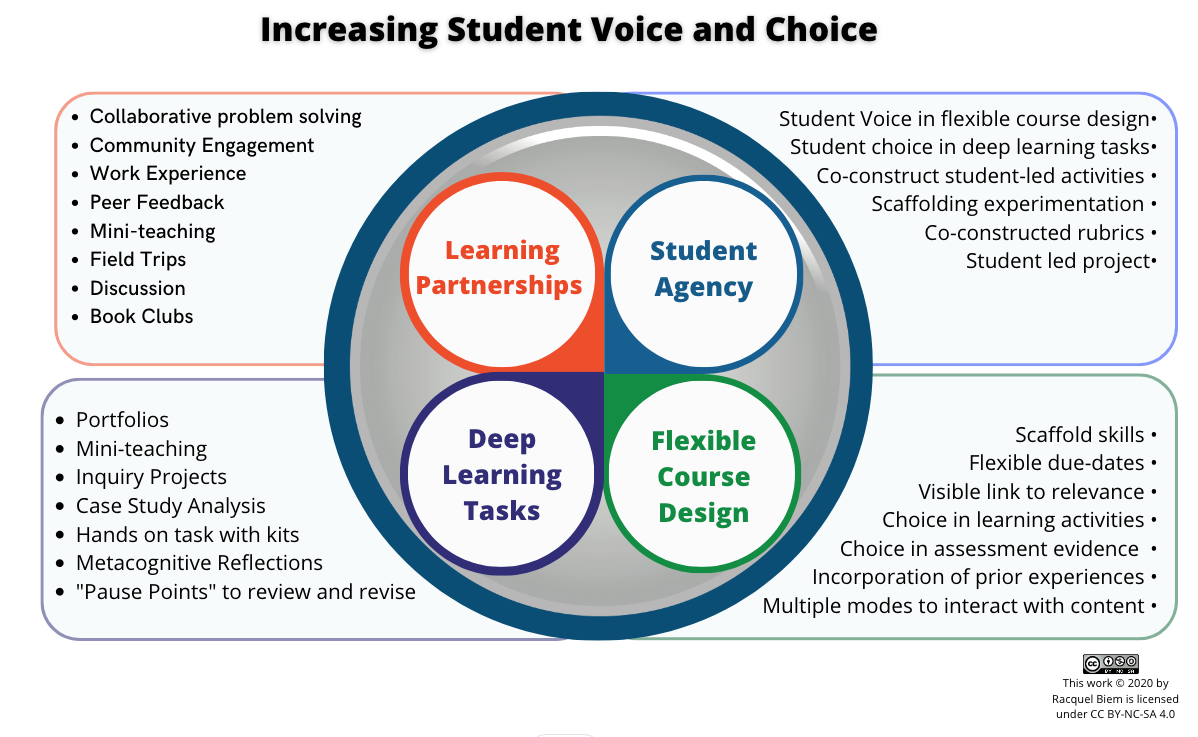The Power and Confusion of Metaphors and Analogies
By Carolyn Hoessler
Personally I enjoy a good metaphor and a good analogy. Just link statistical correlations to dancing partners or history to a play and my interest is peaked. Metaphors, similes, and analogies are about relationships (see 1:45 minute into this definition video for more details).
 Analogies and metaphors allow the unfamiliar to become familiar by linking the unknown to a known (e.g., cooled earth as a Lindt chocolate, or depression is a dark foggy forest). By drawing on the known we can more quickly describe the unknown, the abstract, and the profound, and make sense of it. I will never be a moon and feel planet’s gravity, but I can imagine the tug when reminded of what it feels like to spin around on the swing ride.
Analogies and metaphors allow the unfamiliar to become familiar by linking the unknown to a known (e.g., cooled earth as a Lindt chocolate, or depression is a dark foggy forest). By drawing on the known we can more quickly describe the unknown, the abstract, and the profound, and make sense of it. I will never be a moon and feel planet’s gravity, but I can imagine the tug when reminded of what it feels like to spin around on the swing ride.
The cognitive strength and resulting ability to communicate quickly with students makes metaphors and analogies very useful and a tempting approach when teaching or describing teaching.
Our metaphors and analogies, however, presume a shared knowing based in mutual experience or a common culture. It is easy to assume that we share the same culture particularly when we grew up in a similar area. However, culture changes not just across countries or languages but also from one family to the next, one group of friends to another. The phrases “laugh like Gary” or “sing like Jane” likely have no meaning to your friends who have not met Gary or Jane.
Similarly, the world we experience shifts with time, and so must the analogies and metaphors that refer to that world. Going to the library to find an article may no longer be a good metaphor for data retrieval based on location codes. Gaps between my and others’ experiences can lead to failures in analogies and metaphors. Some metaphors and analogies, however, survive in a culture long after the shared experience has faded. For example, I was asked in high school by an exchange student about the phrase raining like cats and dogs. I defined it as “raining really hard”, but she then asked what does this have to do with cats or dogs. I had to look it up (in a book as was the times) to find out that the phrase is rooted in the old practice of animals being kept in or on a house’s straw roof, which is apparently a false theory, so the origin is uncertain.
Metaphors often require that the listener understand that the meaning is not literal, and if that assumption is missed that words can have a very different meaning. The metaphor “spit hitting the fan” for example, means something very different if taken literally. Shows with androids or visitors to our third planet from the sun often poke fun at the many metaphors we have.
Our students may not be visitors from another planet, but metaphors and analogies still assume that we share similar experiences or have acquired the same cultural understanding. I still catch myself using metaphors and analogies without being careful as the promise of a quick way for describing the unfamiliar is so tempting.
Some useful resources on metaphors and analogies in education include:
- Analogy as the Core of Cognition – Douglas Hofstadter, Stanford University Presidential lecture (Video)
- Rick Wormeli: Metaphors and Analogies (Video)
- Introduction to the topic, and Rick Wormeli’s book Metaphors & Analogies: Power Tools for teaching any subject
- Metaphors in Teaching, Ron Marken(Slides)

